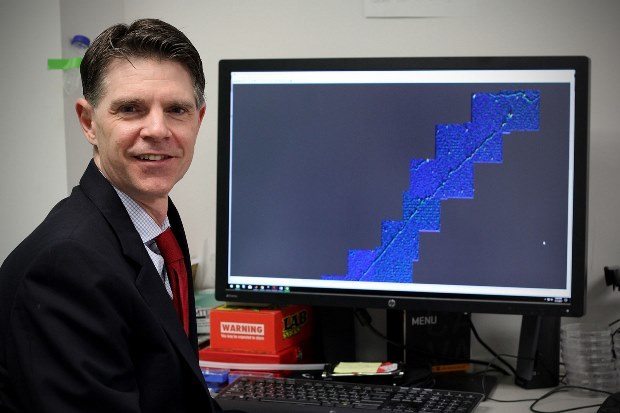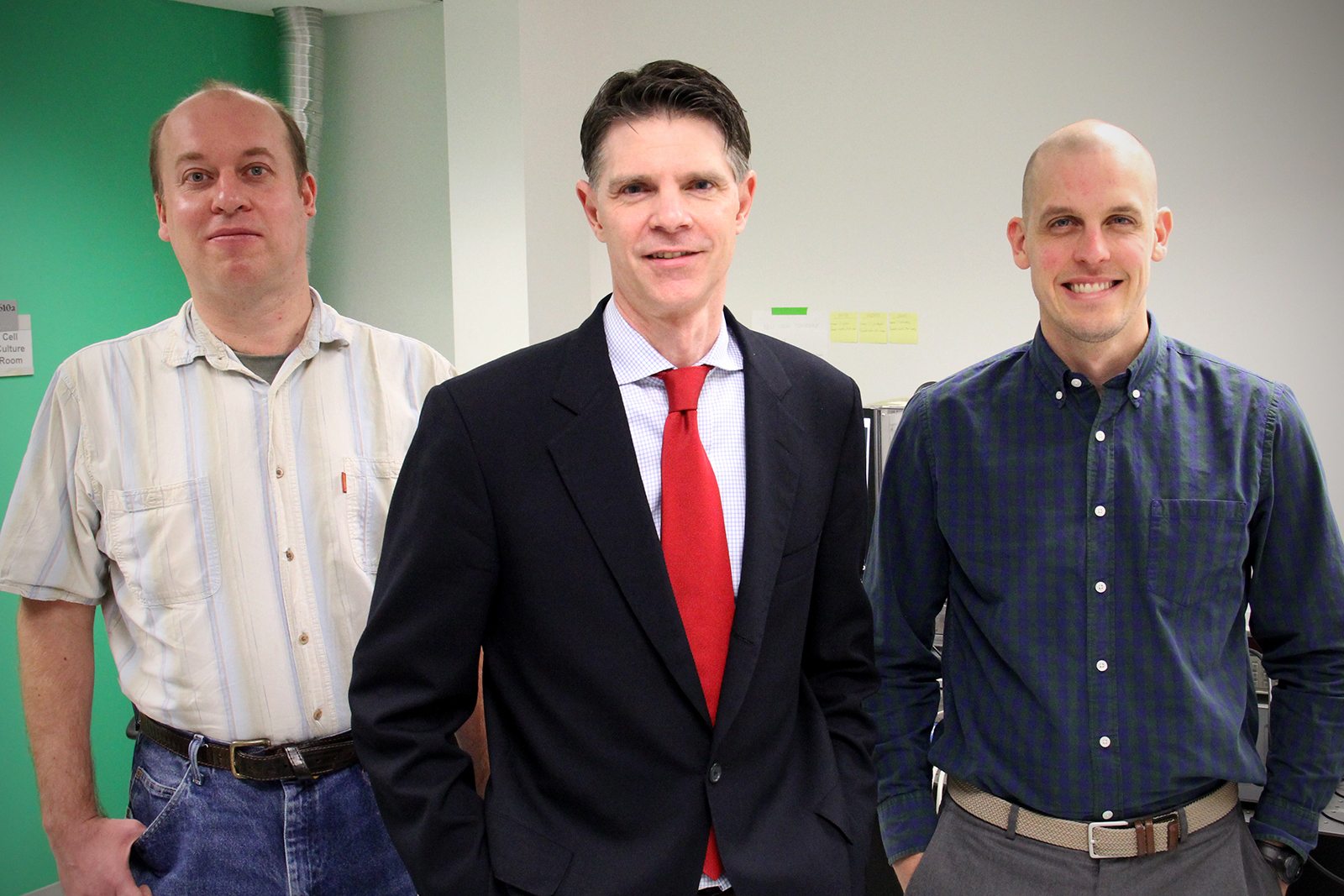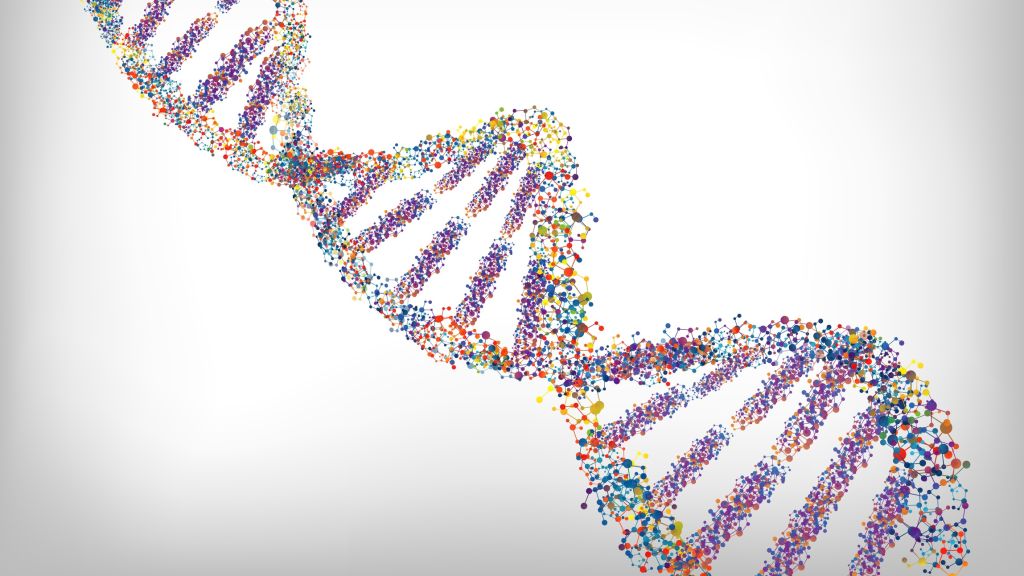DVD Optics to Map CRISPR/Cas9-Labeled DNA- Latest News
Progress in whole-genome sequencing using short-read (e.g., <150 bp), next-generation sequencing technologies has reinvigorated interest in high-resolution physical mapping to fill technical gaps that are not well addressed by sequencing.
Among the most important applications of DNA physical mapping are structural variant detection and whole-genome haplotype assembly.

Now, in a study led by Virginia Commonwealth University physicist Jason Reed, Ph.D., has developed new nanomapping technology that could transform the way disease-causing genetic mutations are diagnosed and discovered.
Despite being invented in the mid-1990s, single-molecule optical mapping has had only a limited impact on the field of human genomics compared to the more recently invented next-generation sequencing, primarily because it lacks sufficient resolution to deal with structurally complex regions easily.
This novel approach uses high-speed atomic force microscopy, also known as AFM, combined with a CRISPR-based chemical barcoding technique to map DNA nearly as accurately as DNA sequencing while processing large sections of the genome at a much faster rate. What’s more, parts found in your run-of-the-mill DVD player can power the technology.
Reed’s new high-speed AFM method can map DNA to a resolution of tens of base pairs while creating images up to a million base pairs in size. And it does it using a fraction of the amount of specimen required for DNA sequencing.

“DNA sequencing is a powerful tool, but it is still quite expensive and has several technological and functional limitations that make it difficult to map large areas of the genome efficiently and accurately,” said Reed, principal investigator on the study. Reed is a member of the Cancer Molecular Genetics research program at VCU Massey Cancer Center and an associate professor in the Department of Physics in the College of Humanities and Sciences.
“Our approach bridges the gap between DNA sequencing and other physical mapping techniques that lack resolution,” he said. “It can be used as a stand-alone method or it can complement DNA sequencing by reducing complexity and error when piecing together the small bits of genome analyzed during the sequencing process.”
“Our device works in the same fashion as AFM but we move the sample past the stylus at a much greater velocity and use optical instruments to detect the interaction between the stylus and the molecules. We can achieve the same level of detail as traditional AFM but can process material more than a thousand times faster,” said Reed, whose team proved the technology can be mainstreamed by using optical equipment found in DVD players. “High-speed AFM is ideally suited for some medical applications as it can process materials quickly and provide hundreds of times more resolution than comparable imaging methods.”
Traditional AFM is too slow for medical applications and so it is primarily used by engineers in materials science. But the team of researchers overcame this hurdle by developing a way to place markers or labels on the surface of the DNA molecules so they could recognize patterns and irregularities. An ingenious chemical barcoding solution was developed using a form of CRISPR technology.
CRISPR is an enzyme that scientists have been able to “program” using targeting RNA in order to cut DNA at precise locations that the cell then repairs on its own. Reed’s team altered the chemical reaction conditions of the CRISPR enzyme so that it only sticks to the DNA and does not actually cut it.
To demonstrate the technique’s effectiveness, the researchers mapped genetic translocations present in lymph node biopsies of lymphoma patients. Translocations occur when one section of the DNA gets copied and pasted to the wrong place in the genome. They are especially prevalent in blood cancers such as lymphoma but occur in other cancers as well.























